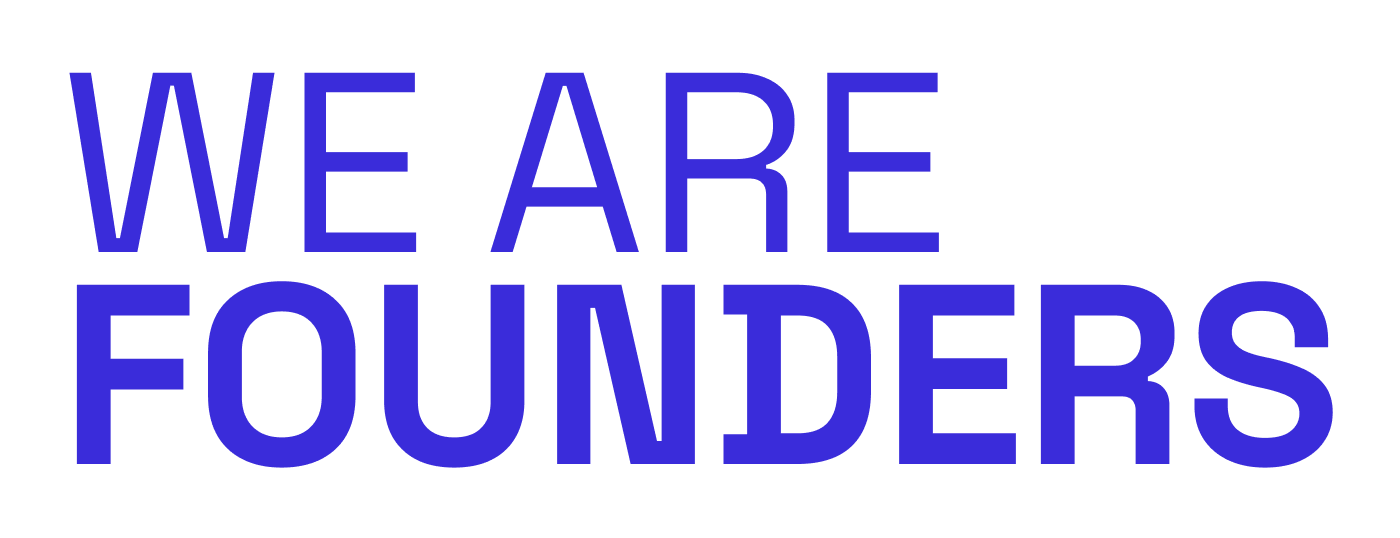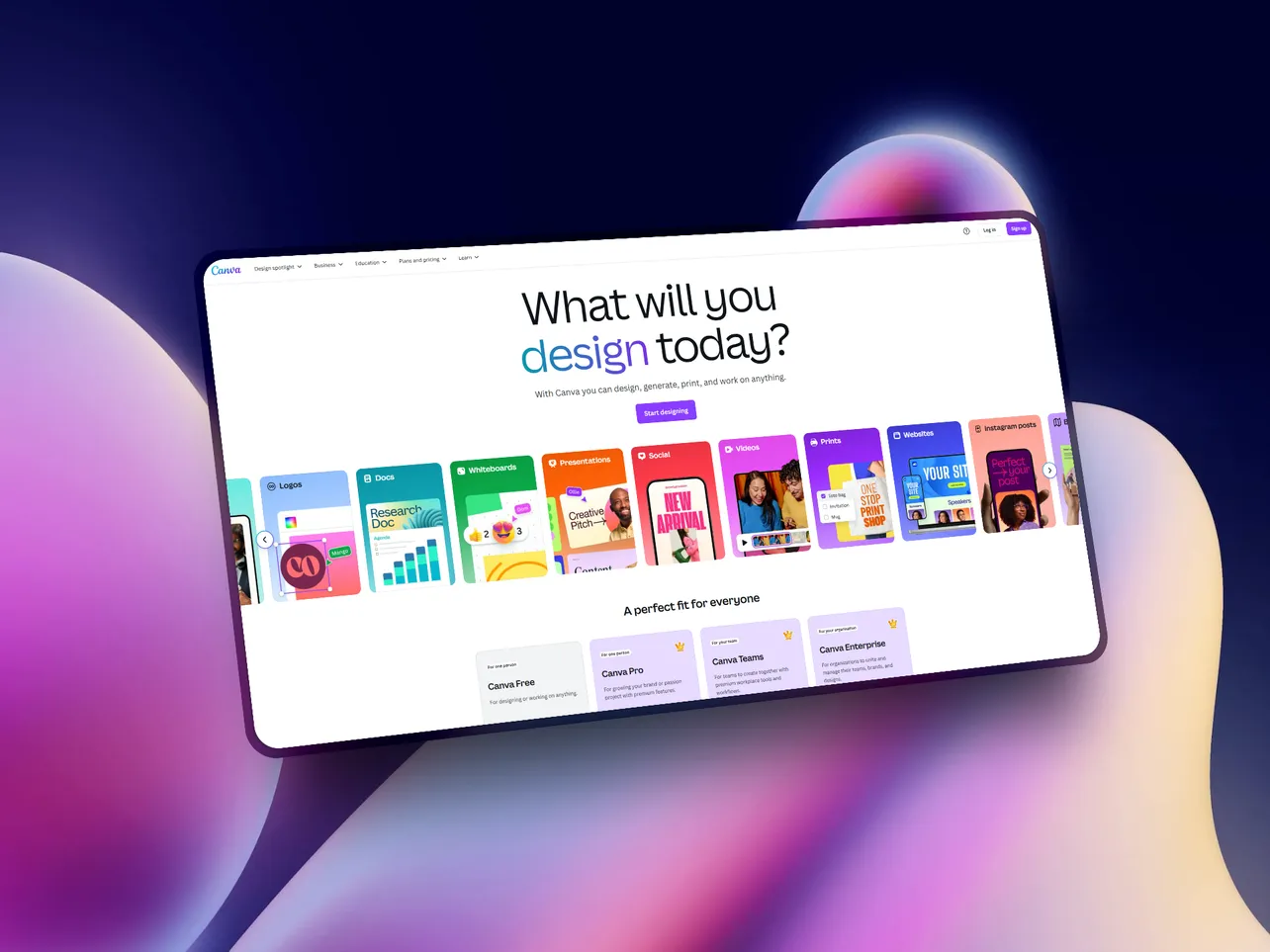Melanie Perkins is watching her university students struggle with basic design software. They're spending hours just trying to move text around in Photoshop, getting frustrated, and producing terrible-looking assignments.
As she watches the same painful scene play out week after week, she has a realization that would eventually be worth $40 billion.
The problem wasn't that people didn't want to create good designs, it was that the tools were either too basic (PowerPoint) or impossibly complex (Adobe Creative Suite).
There was this massive gap in the market between "clip art hell" and "professional designer required." Melanie, who had zero tech background, looked at this gap and thought, "Why isn't there just a simple drag-and-drop tool?"
Here's what made this insight so powerful: Melanie wasn't a designer or a tech person. She was a frustrated user.
And frustrated users often see opportunities that industry experts miss because they're too close to the problem. While Adobe was focused on serving professional designers with ever-more complex tools, Melanie saw the 99% of people who just wanted to create something decent without a design degree.
She teamed up with her boyfriend Cliff Obrecht (also non-technical) and eventually found their technical co-founder Cameron Adams, a former Google designer.
The trio had complementary skills, but more importantly, they shared a vision: make design accessible to everyone, not just the pros.



